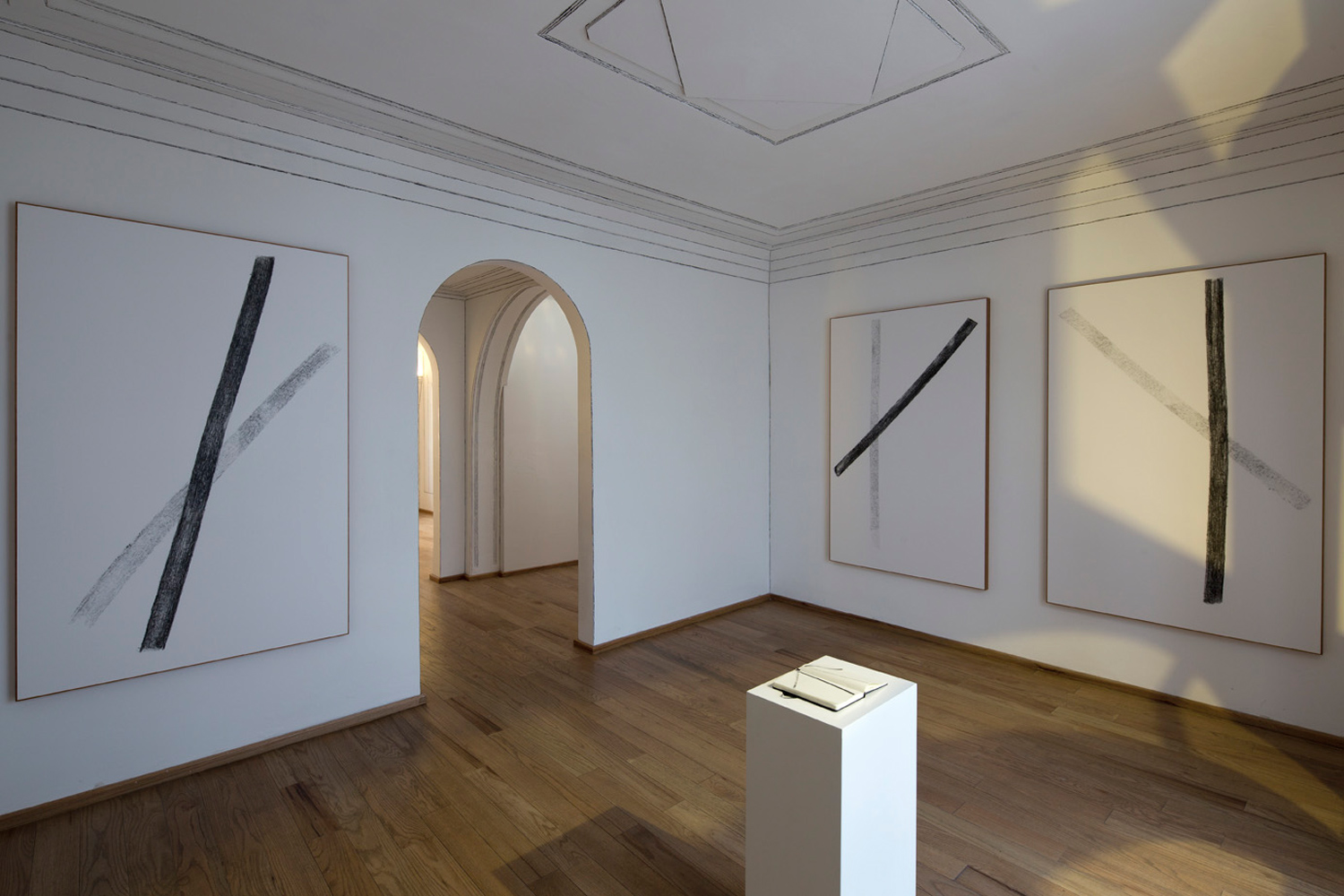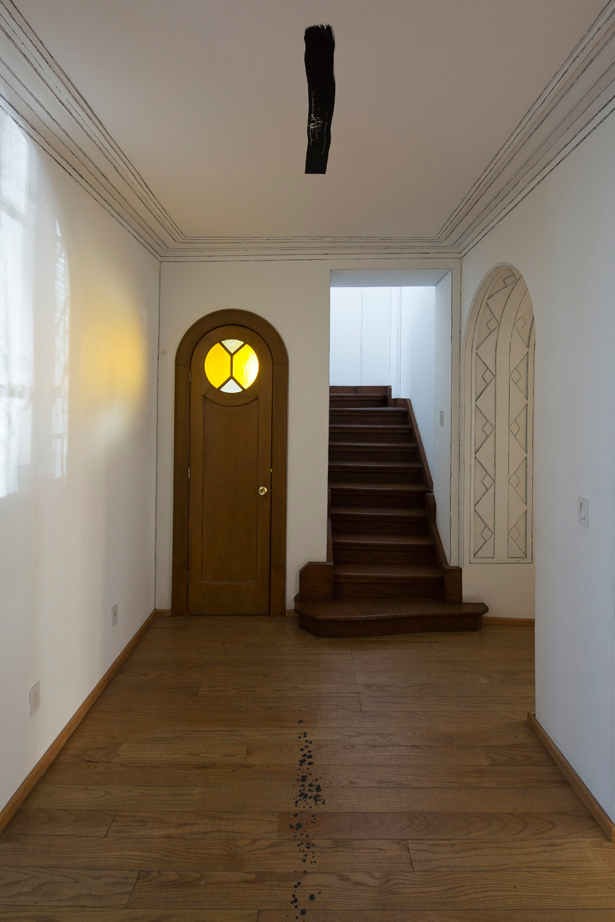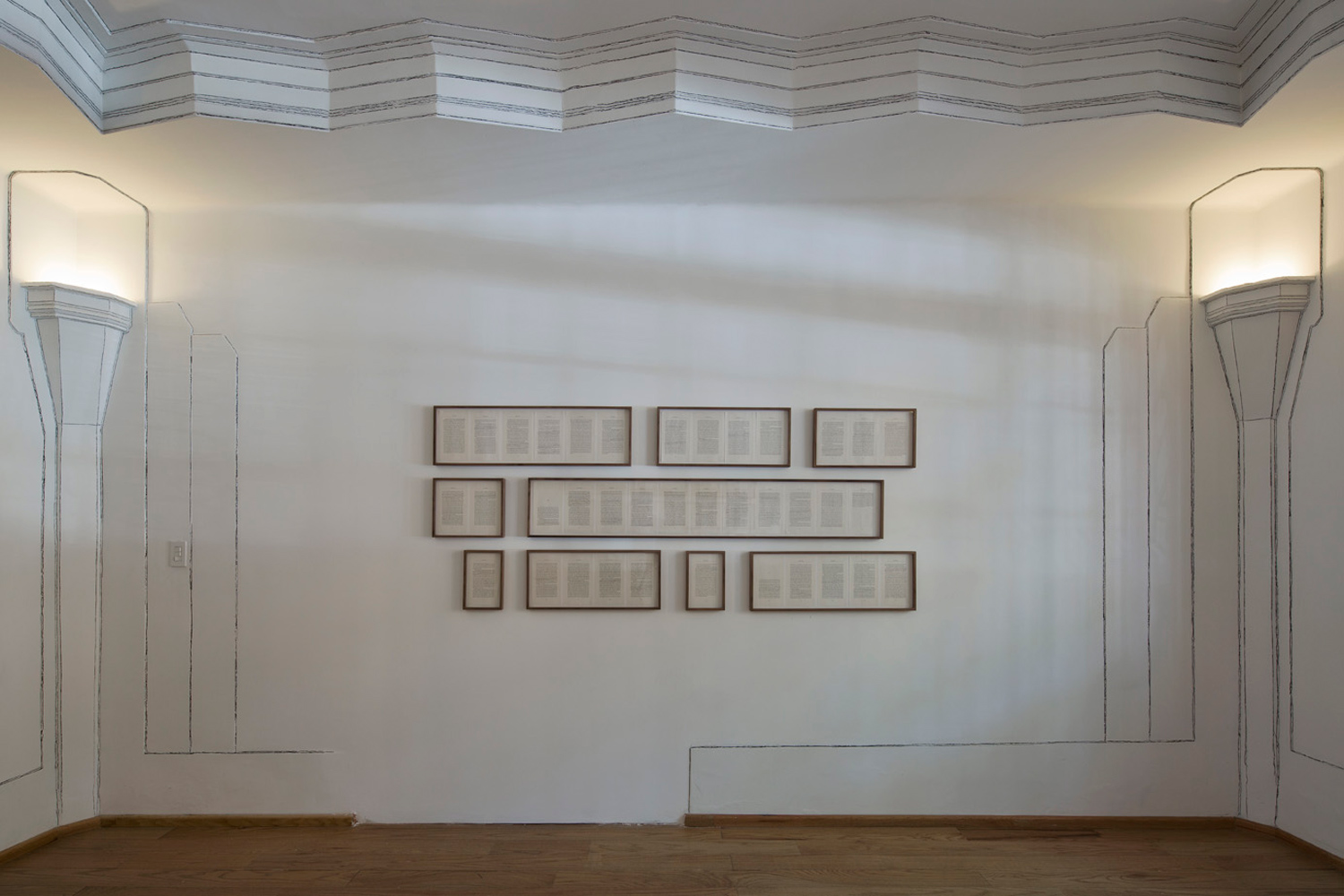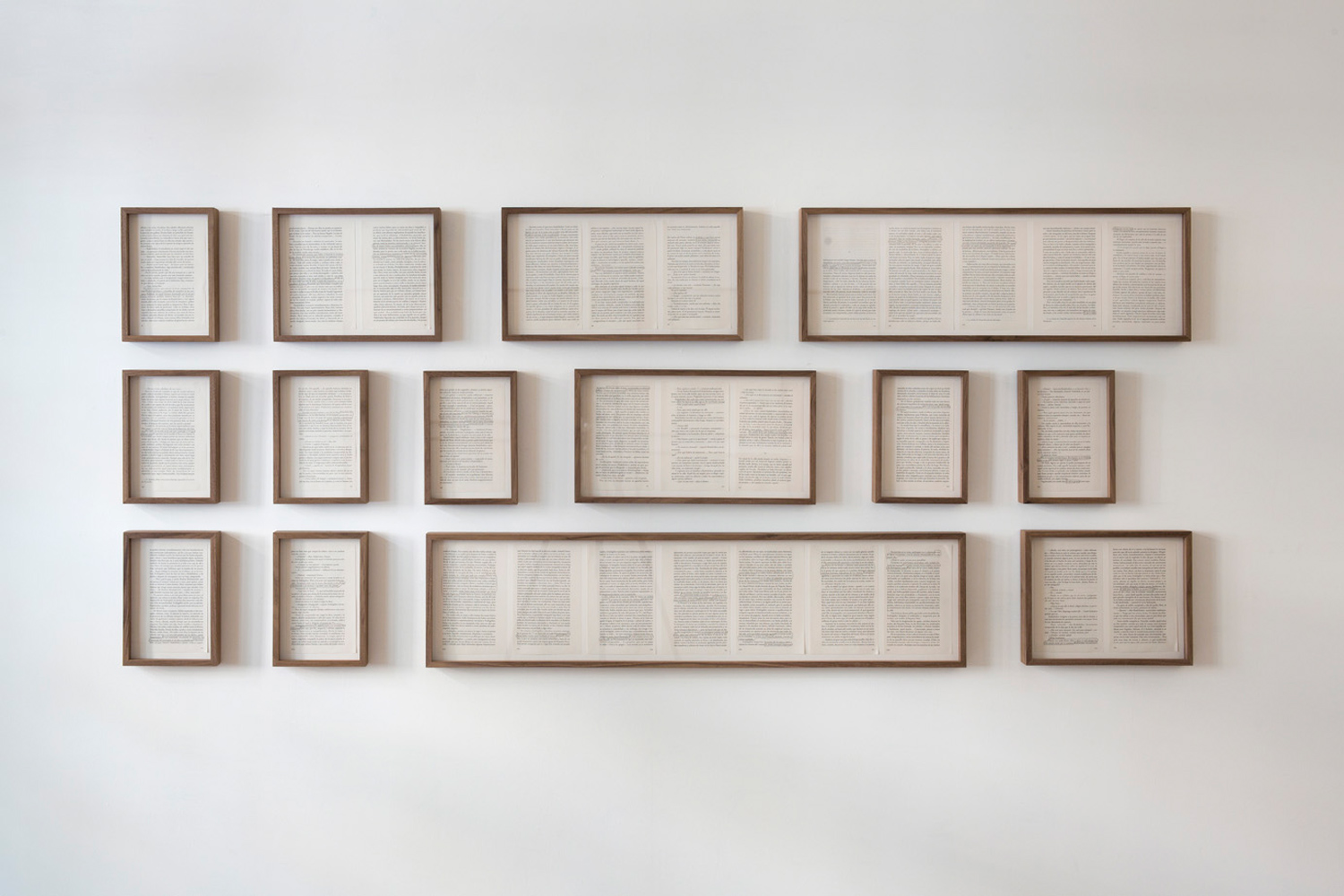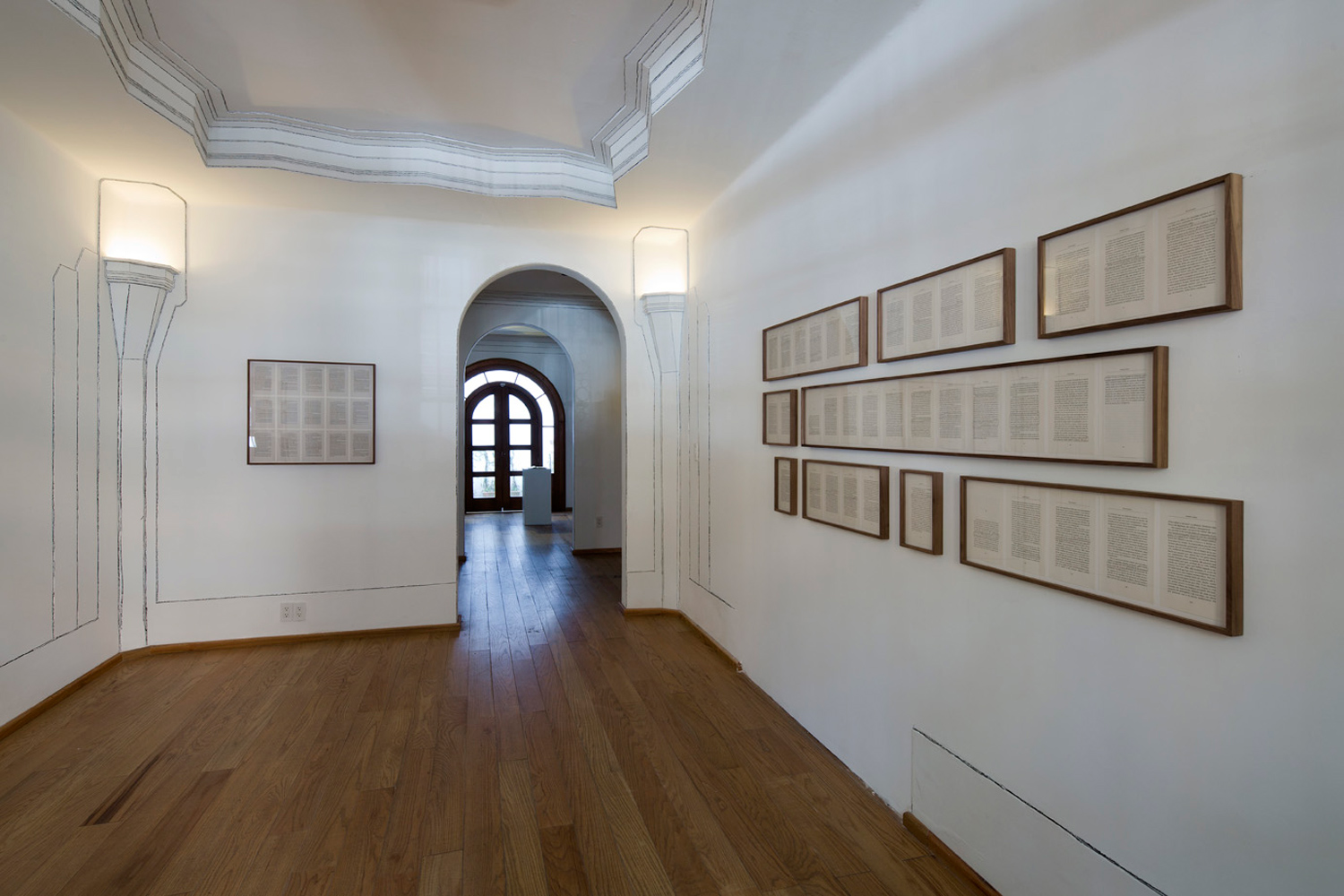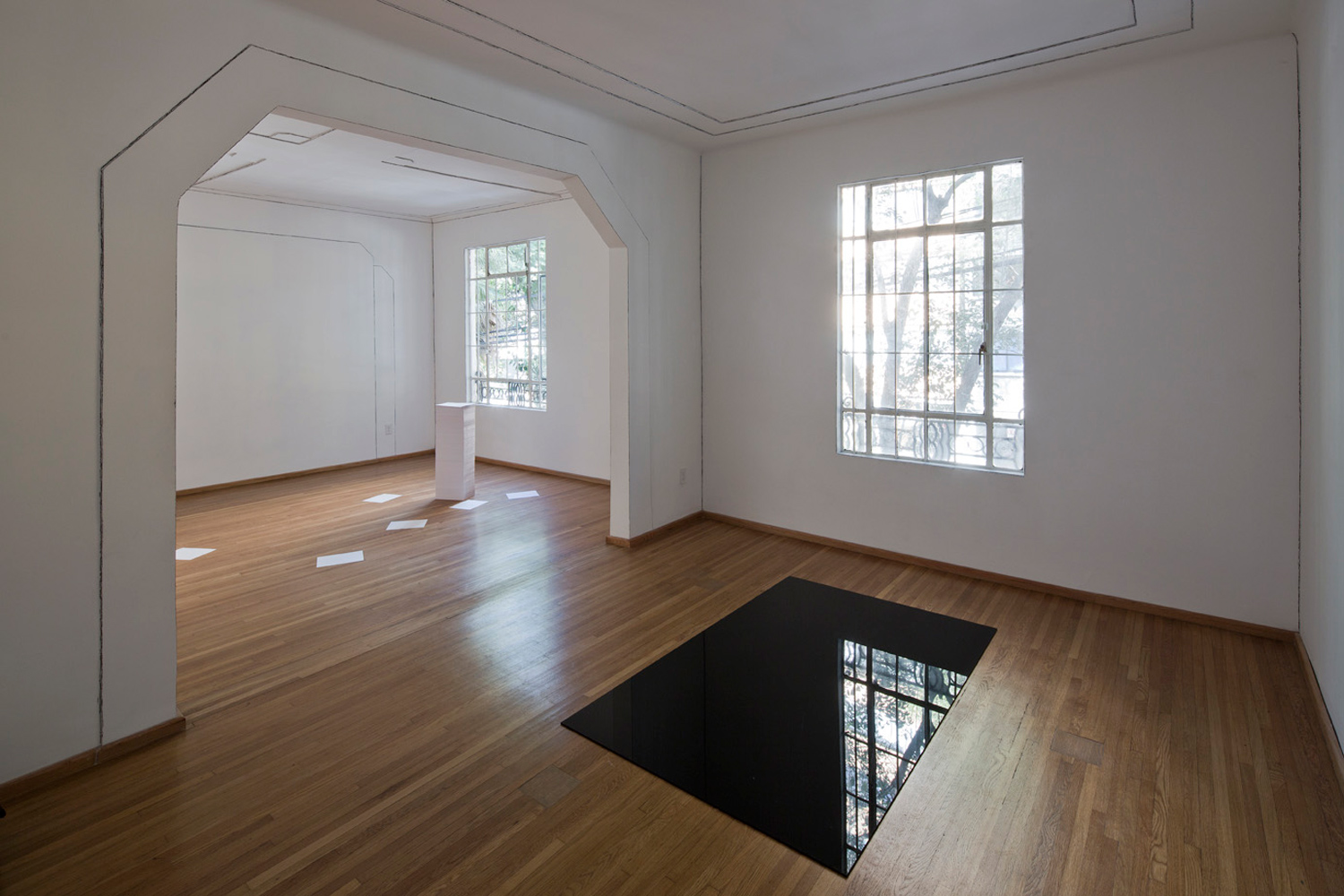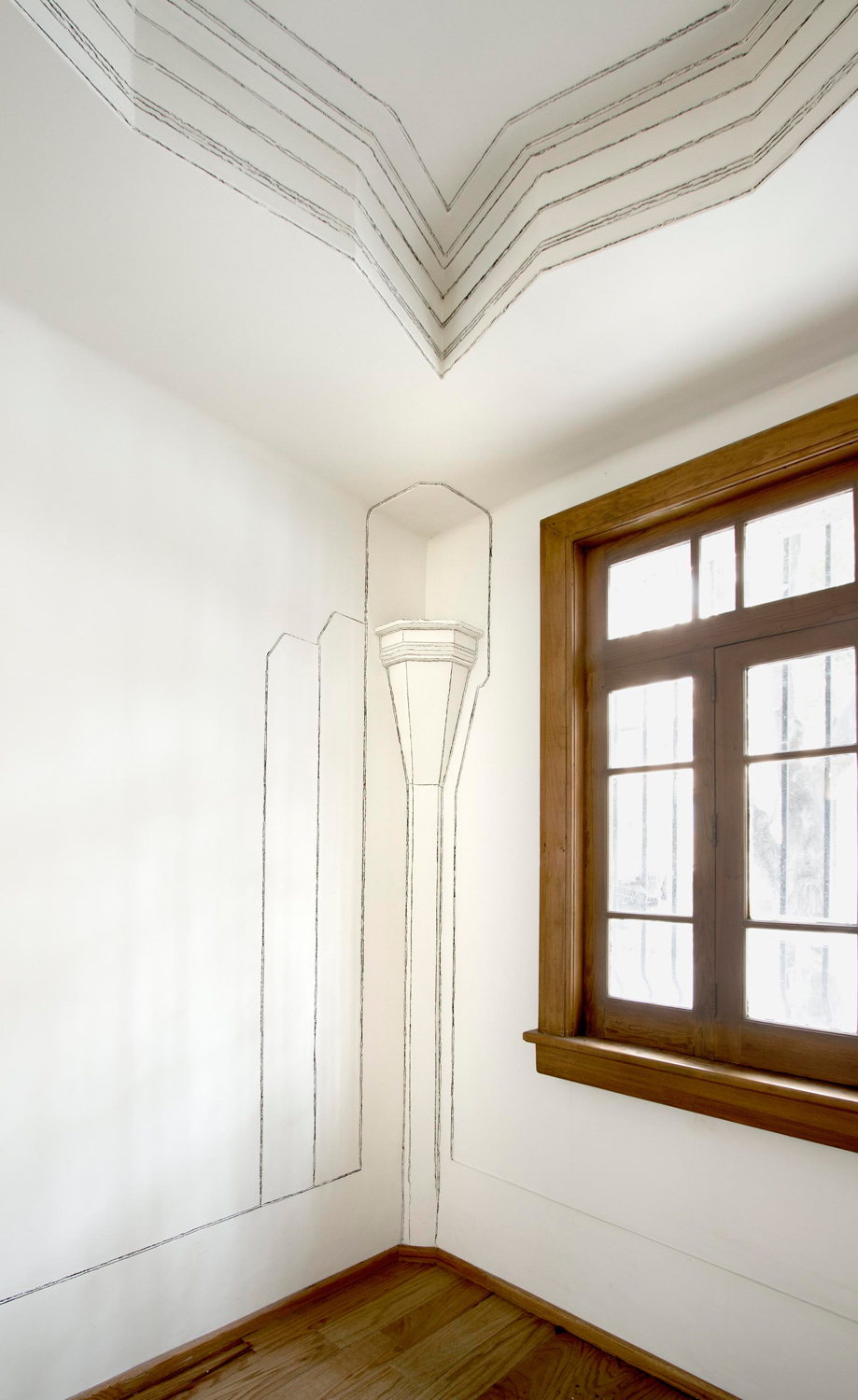Deep attention
FRANCISCO UGARTE
18.09.2015 - 19.12.2015

"Wonder is still there".
Robert Irwin
“All of man’s misfortune comes from one thing, which is not knowing how to sit quietly in a room”.
B. Pascal.
Francisco Ugarte’s work is initially understood as a series of aesthetic and phenomenological explorations that are generated in the intersection of experience and perception. Furthermore, his work deals with the profound incapacity of the contemporary world to contemplate. For Byung-Chul Han -one of the thinkers that Francisco Ugarte constantly refers to in his work- “the cultural achievements of humanity, of which philosophy is a part of, are due to a deep and contemplative attention. Culture requires an environment in which a deep attention is possible”. He then points out: “Only deep attention prevents the versatility of the eyes and causes the withdrawal that is capable of crossing the wandering hands of nature. Without this contemplative withdrawal, the gaze rambles restless and doesn’t lead to expression. But art is an act of expression”.
Despite its apparent simplicity and spontaneity, Deep Attention is the result of a lengthy incubation and a dilated maturation. The perception becomes, after a long process of reflection, pure contemplation.
One of the key elements to understand Deep Attention resides in acknowledging all works takes the viewer through a process of rigorous reflection. It is because of this that the gallery space where the pieces are presented was modified by stripping away everything that impedes the viewer from really seeing what it is. Francisco then intervenes it in order to reveal the space’s true essence.
The pieces that integrate this exhibition must be seen slowly, trying to find the correspondence between what is seen and the place where this happens. For instance, the black surface on the floor that “mirrors” the window in front of it, reveals - paraphrasing Heidegger’s text about a bridge- the properties not only of the window but of the place itself. Ugarte’s pieces make room for places.
“...I can see the sky, and there is nothing else to see. All my time is spent in watching the slowly changing colors of the sky, as day moves on to night.” The Stranger, Albert Camus.
We are in front of a group of classic book’s authors- Camus, Hemingway, Wilde- and Francisco Ugarte underlines what apparently is not relevant in the selected literary works, that is to say, the description of environments and atmospheres that the literary subject generates. This careful operation explains how “another” truth - in this case a physical and not literary truth- presents itself as new evidence and allows us to see the work from the place and atmosphere’s perspective. Contemplation and deep attention, allows us to access a world hidden under the veil of argumentative utility and rational truth.
Two graphite lines forming a cross. One line softer than the other that emerged when pressing two sheets of paper from a notebook, each sheet with a graphite line. One line is the result of a deliberate gesture and the other isn’t. This cross is then transferred into a larger scale, elaborated manually, where each line is the result of hundreds of lines. Something that originated from a an abstract idea becomes a simple handcraft operation. Two ways of imagining presence.
“The world of the poet - Wallace Stevens, said- depends on the world that he has contemplated”. The world of Francisco Ugarte is, in this sense, the world of silence and observation; the world of mystery and re-velation.
Sergio Ortíz

